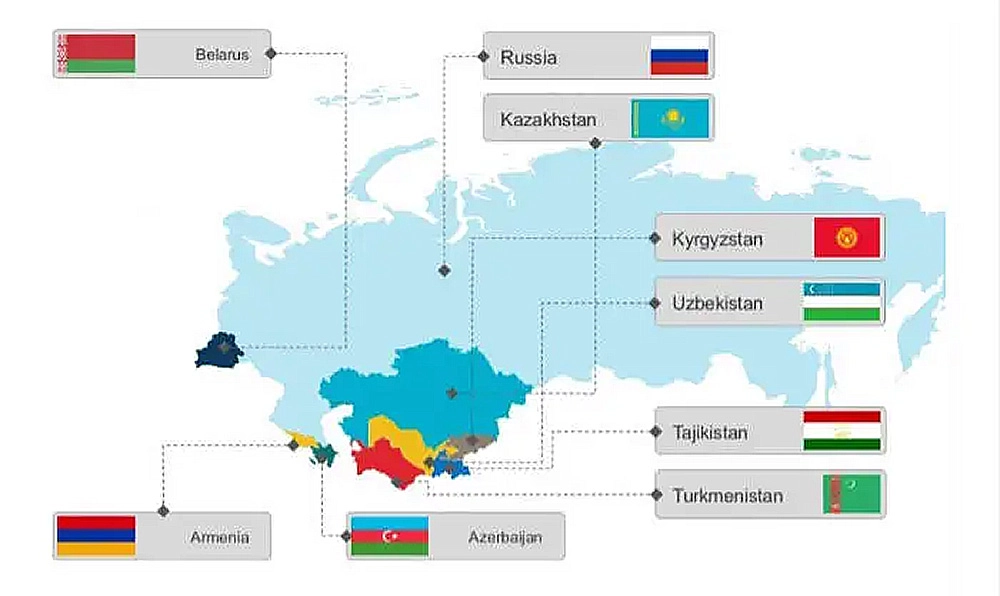10/24/25 CIS + trade and development platform to be created: potential partners and analysis
The Heads of State of the Commonwealth of Independent States member countries have approved the creation of the CIS Plus platform at the Dushanbe summit, according to a list of documents signed following the summit published by the Kremlin.
In addition to declarations and concepts on security issues—counterterrorism and military cooperation—the leaders also adopted a decision on the establishment of the Commonwealth of Independent States Plus platform.
Earlier, Russian President Vladimir Putin stated that Moscow supports the creation of a new format, as it will allow for more active involvement of other countries and international organizations in cooperation with the CIS. Presidential aide Yury Ushakov described the idea as useful and, if necessary, allowing for the involvement of other countries in resolving specific issues.
The CIS includes Armenia, Azerbaijan, Belarus, Kazakhstan, Kyrgyzstan, Russia, Tajikistan, Turkmenistan, and Uzbekistan. It is a loose trade association, with members possessing bilateral trade agreements with each other, rather than the bloc as a whole referring to specific tariff agreements. This allows more flexibility for intra-CIS trade on a mutually beneficial, ‘as needed’ basis.
A CIS+ group is likely to include Afghanistan and Iran, along with Mongolia and possibly China, especially regional representatives from Xinjiang Province. Also included could be Pakistan and India as well as Georgia, Syria, Iraq, and Turkiye. The addition of these countries makes sense in the context of the various ‘Middle Corridor’ infrastructure routes currently being developed and allows for increased dialogue in determining regional issues.
The emergence of a CIS+ bloc is of regional importance, as it extends the reach of regional trade, and infrastructure development further into both the Middle East and South Asia, both of which are deeply impacted by what happens in the Central Asian region. Some regional initiatives, such as the International North-South Transport Corridor (INSTC), which Russia is heavily investing in, can be better planned to link up with separate infrastructure projects, such as the China-Pakistan Economic Corridor, the proposed Trans-Afghan railway, the Baku-Kars-Tbilisi project and the China-Kyrgyzstan-Uzbekistan railway. Having a wider regional platform to discuss these projects will lead to greater integration and less room for wasted investment. It also allows for more frequent regional dialogue as regards fringe participants such as Georgia and Mongolia, both of whom retain indirect yet important links to the CIS bloc.


 REAB Services
REAB Services

 News
News
 Useful tip
Useful tip

